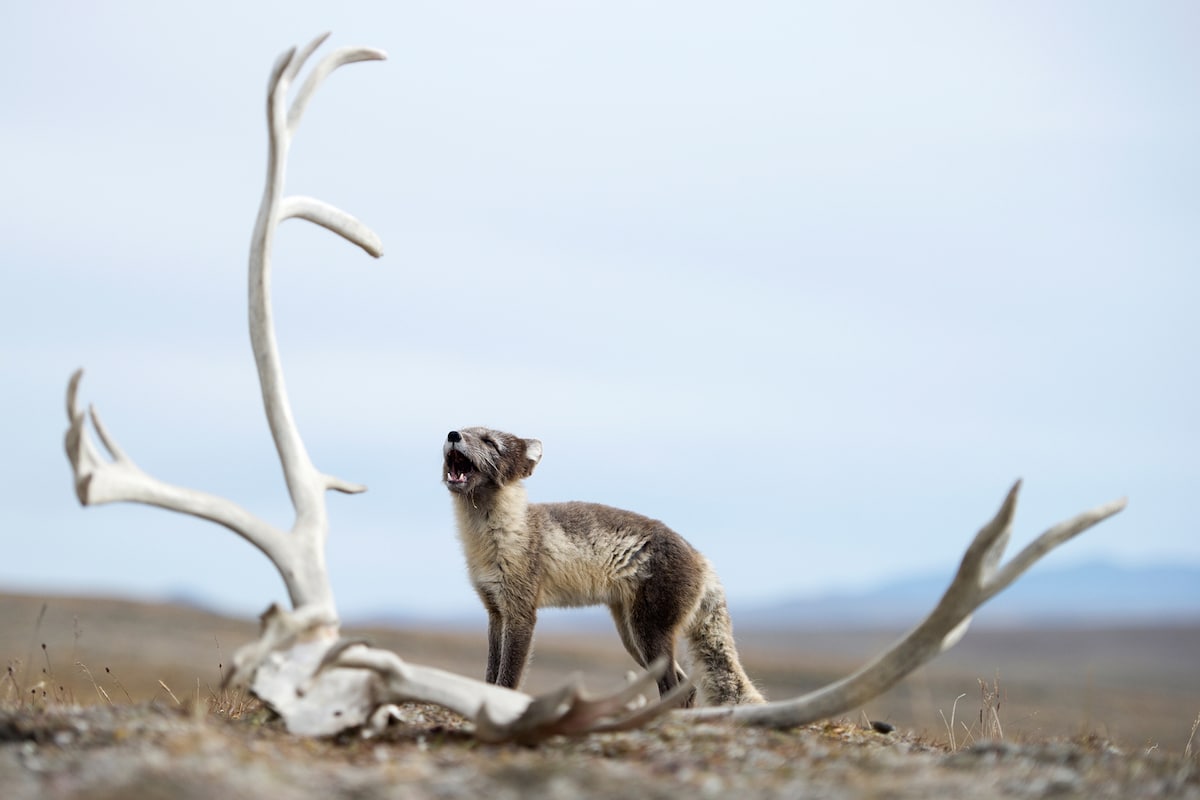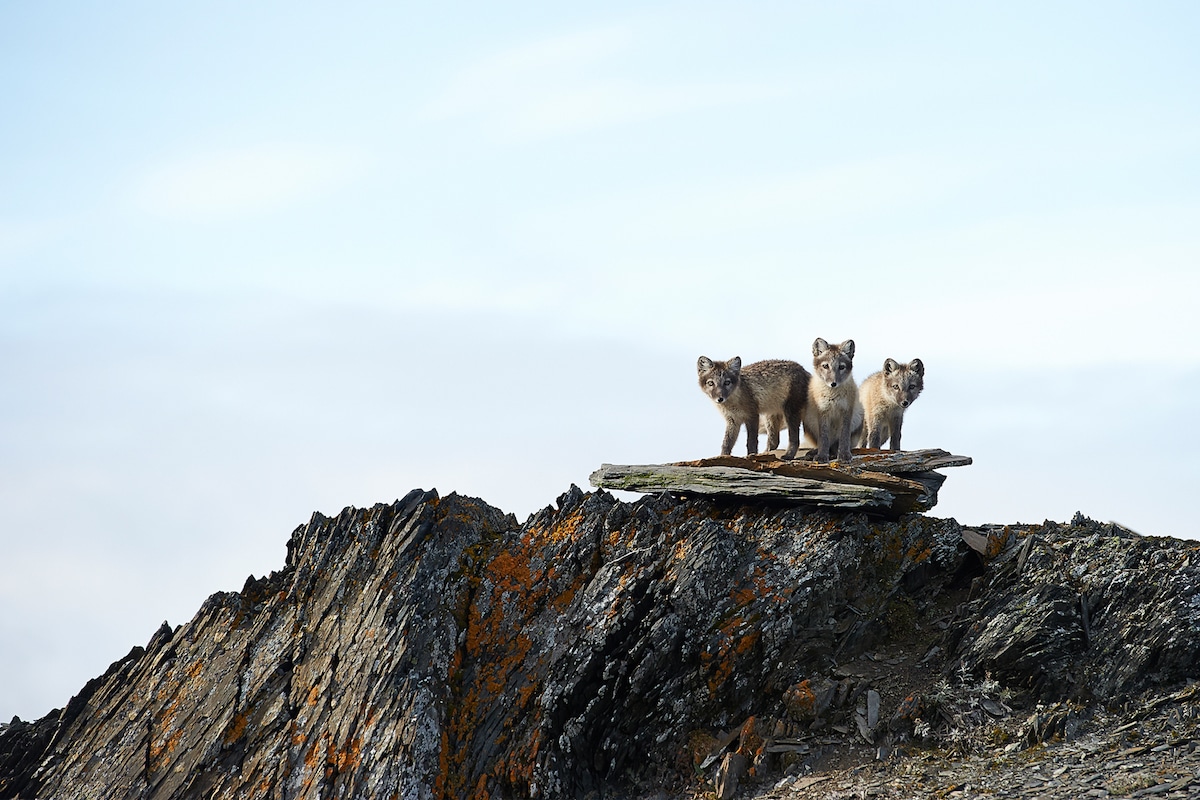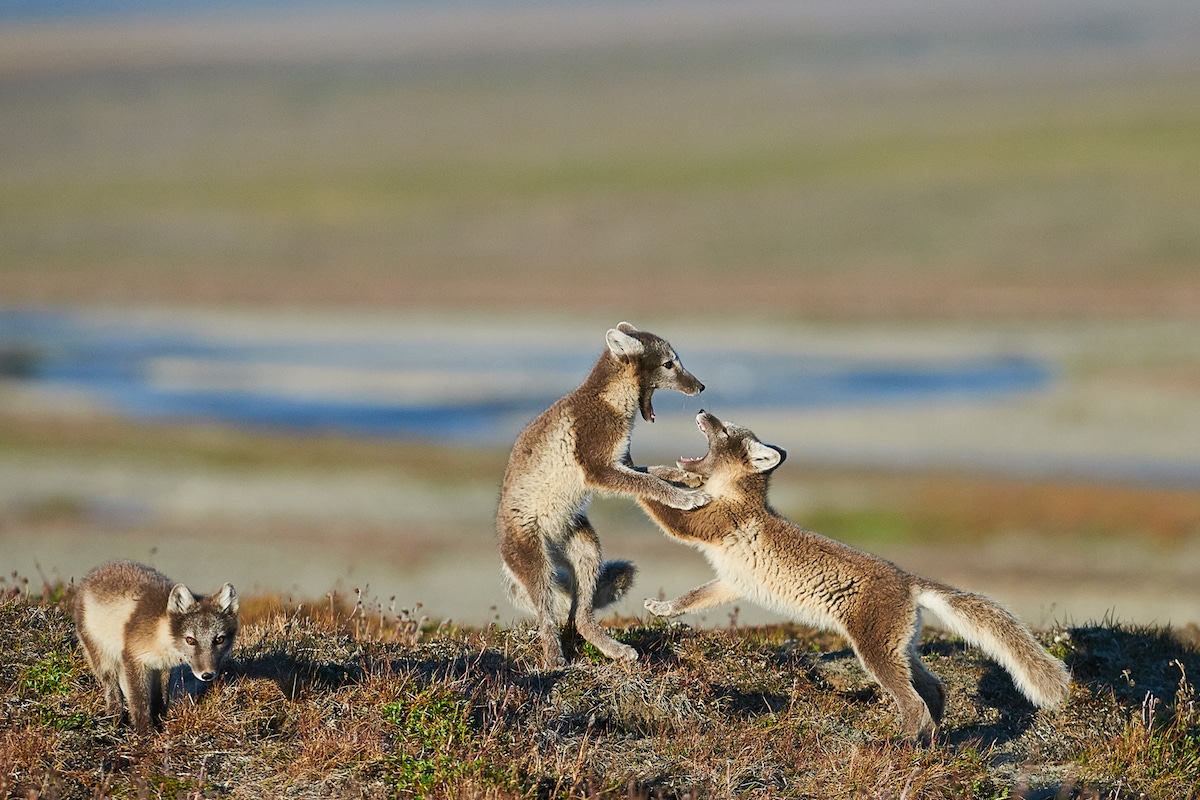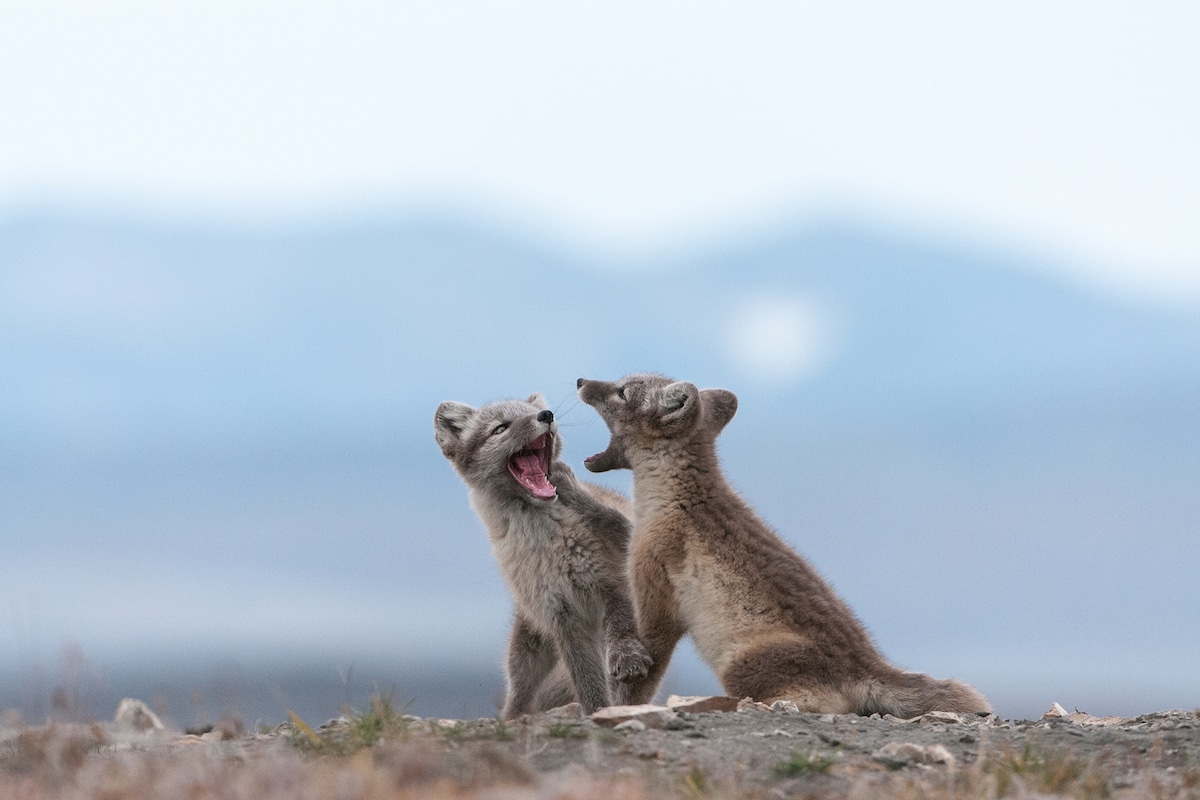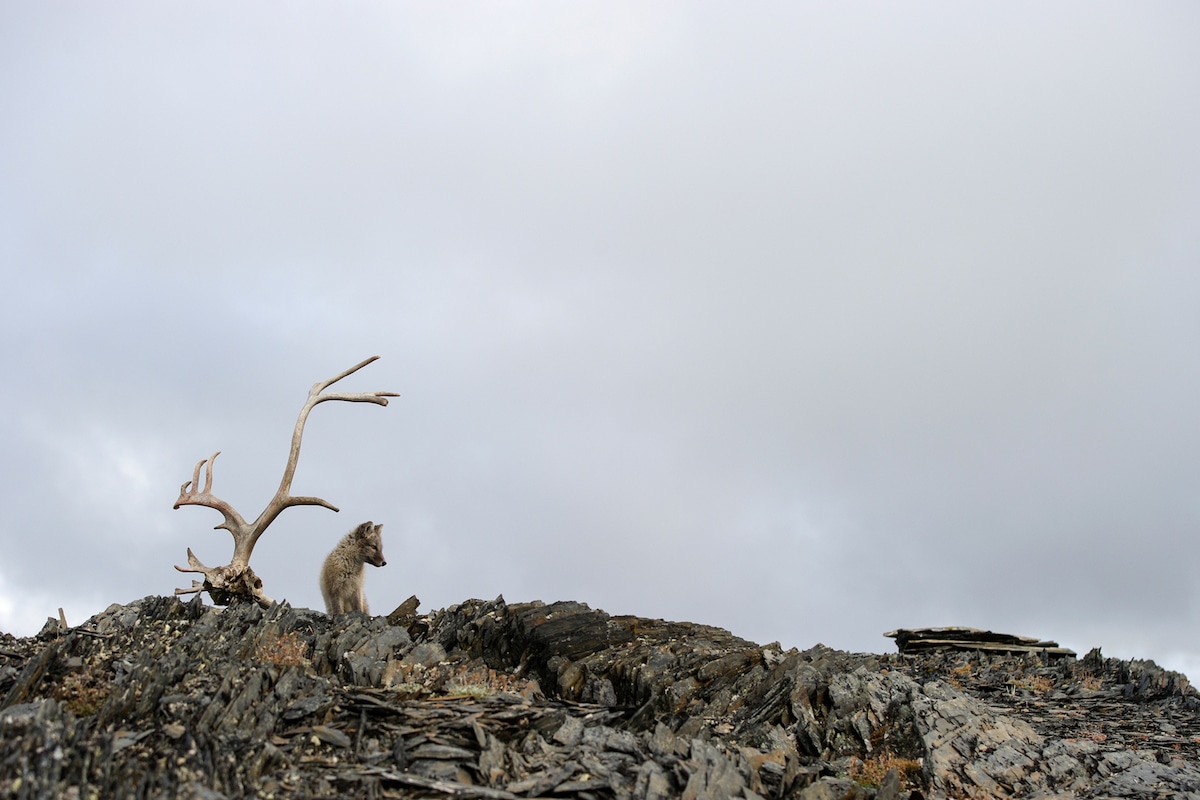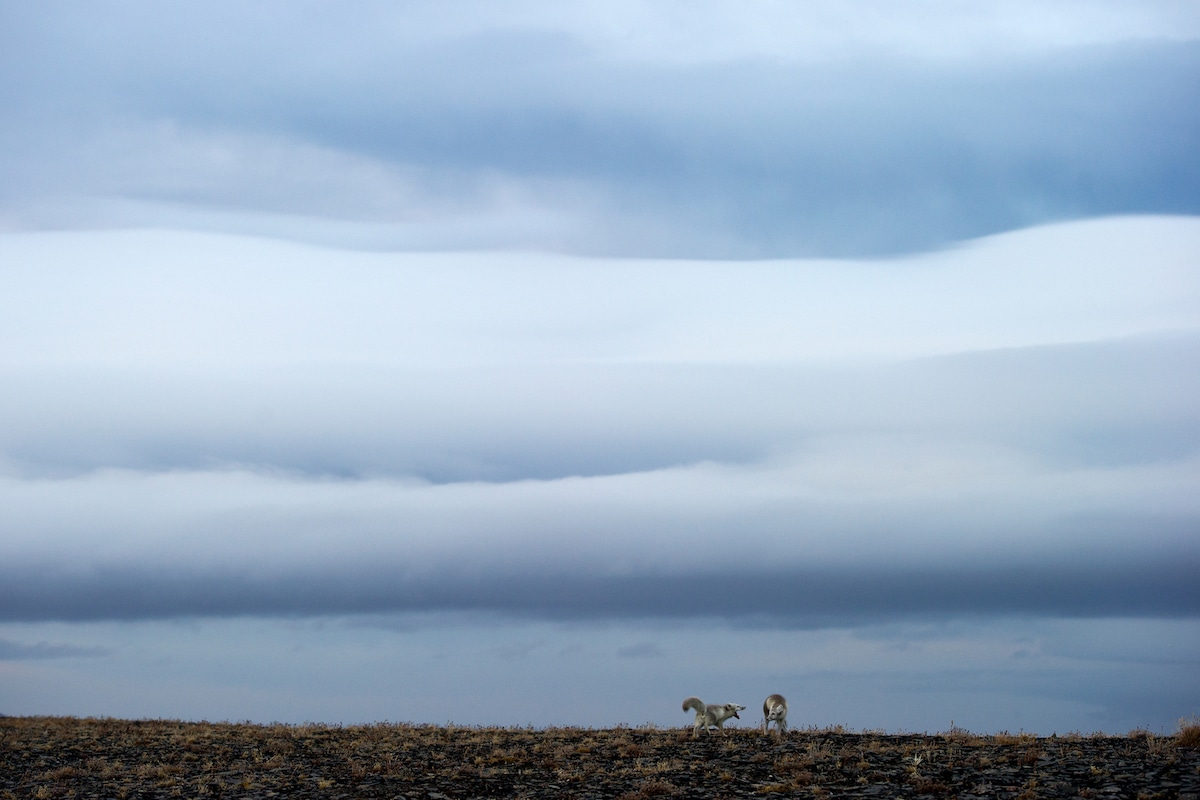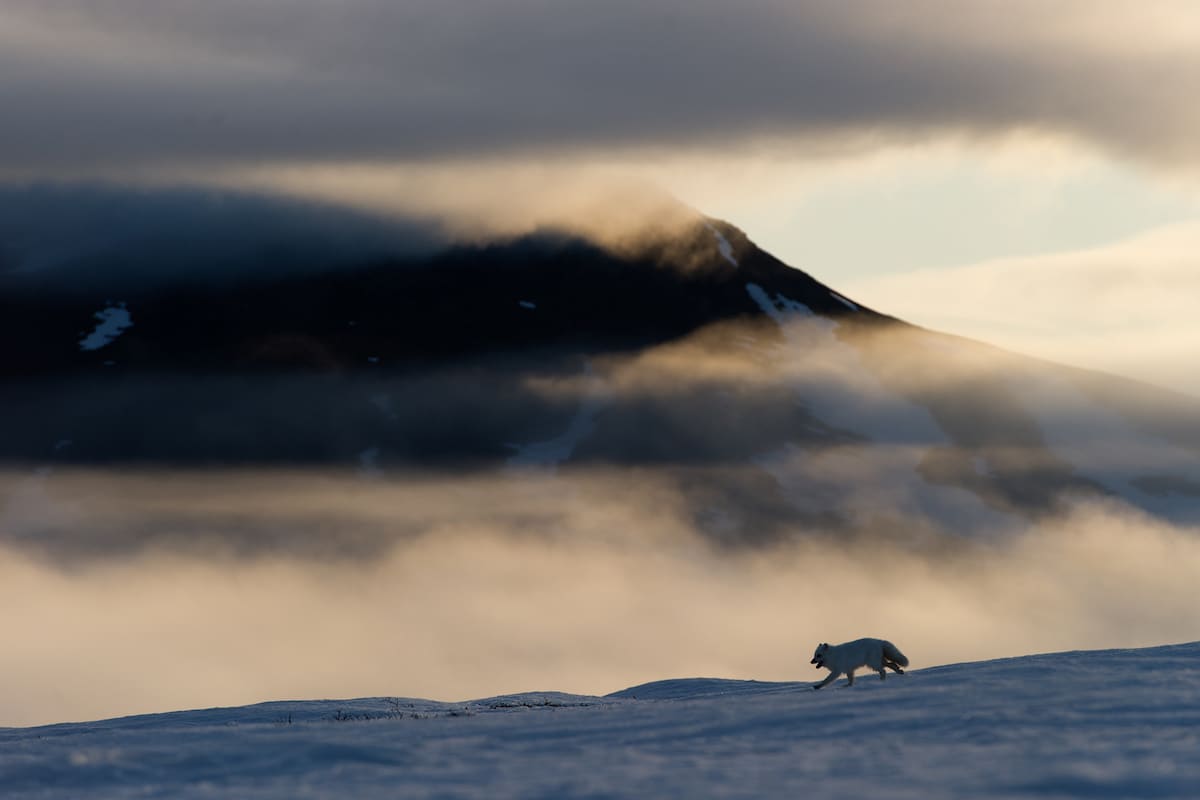
Russian wildlife photographer Sergey Gorshkov has been fascinated by nature since he was a child growing up in Siberia. This has translated into a fruitful career as a wildlife photographer, with Gorshkov specializing in long-term projects about Russian wildlife. Especially fond of traveling to remote areas previously uncaptured, the insightful, raw nature of his imagery shows a sensitivity in working with untamed nature and its inhabitants.
His work photographing the Arctic fox, which gained him a finalist slot at the 2017 Wildlife Photographer of the Year contest, is a stunning look at the life and behavior of this rugged animal. Surviving, on average, for just three to four years in the wild, these well-adapted animals use their thick fur to brave extreme temperatures, its pure white coloration also acting as camouflage.
Gorshkov’s fascinating set of Arctic fox photographs comes from his long-term project on Wrangel Island. A remote island in the Arctic Sea, Wrangel Island has rarely been captured on film, which is part of what made it an attractive subject for the adventure-seeking photographer. “Just think: no one has managed to adequately capture the wild nature of Wrangel Island! The thought that I can become the first one to do this incredibly excites me,” he tells My Modern Met. “But I understood very well that the island would not open to me at the first meeting, and I did not set myself this goal.”
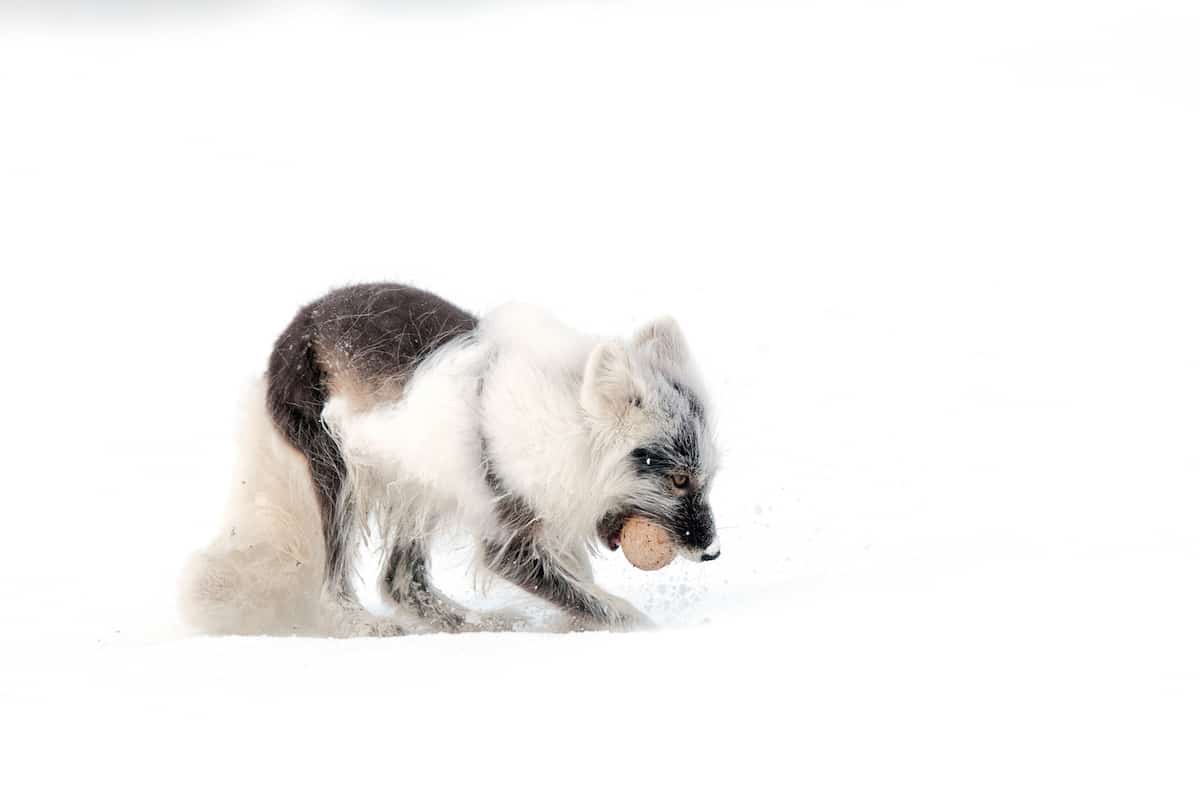
Indeed, Gorshkov’s work sees him returning to the same destination numerous times, often during different seasons, in order to get a holistic view of the environment. And with Wrangel Island, a remote location without any shops, over a year of careful planning was necessary to get the project off the ground and bring the necessary supplies for his stay. What Gorshkov was rewarded with is the makings of an incredible series that includes a wide range of wildlife, not just the Arctic fox.
But this particularly charming set of images demonstrates the tenacity of the small animal as it moves in on a food source made necessary by the long, harsh winter. Wrangel Island is a prime breeding ground for snow geese that fly in from British Columbia and California. While Arctic foxes typically feed on lemmings, the urge to forage for goose eggs is irresistible, especially as the breeding colony continues to grow. And even as the geese defend their nests, these feisty characters manage to steal up to 40 eggs a day, burying them in the frozen tundra, which acts as a refrigerator.
For Gorshkov, the satisfaction of viewing the dynamics of remote wildlife is what drives his passion. “Unlike many, I have the opportunity, or if I may say so, even the privilege of seeing what many simply are not destined to see, and what it is impossible to see, even for money. The ability to communicate with wild animals makes me happy. What I do is part science, part adventure, and part art.”
Russian wildlife photographer Sergey Gorshkov has spent years photographing animals in remote places, such as Wrangel Island, which is located in the Arctic Sea.
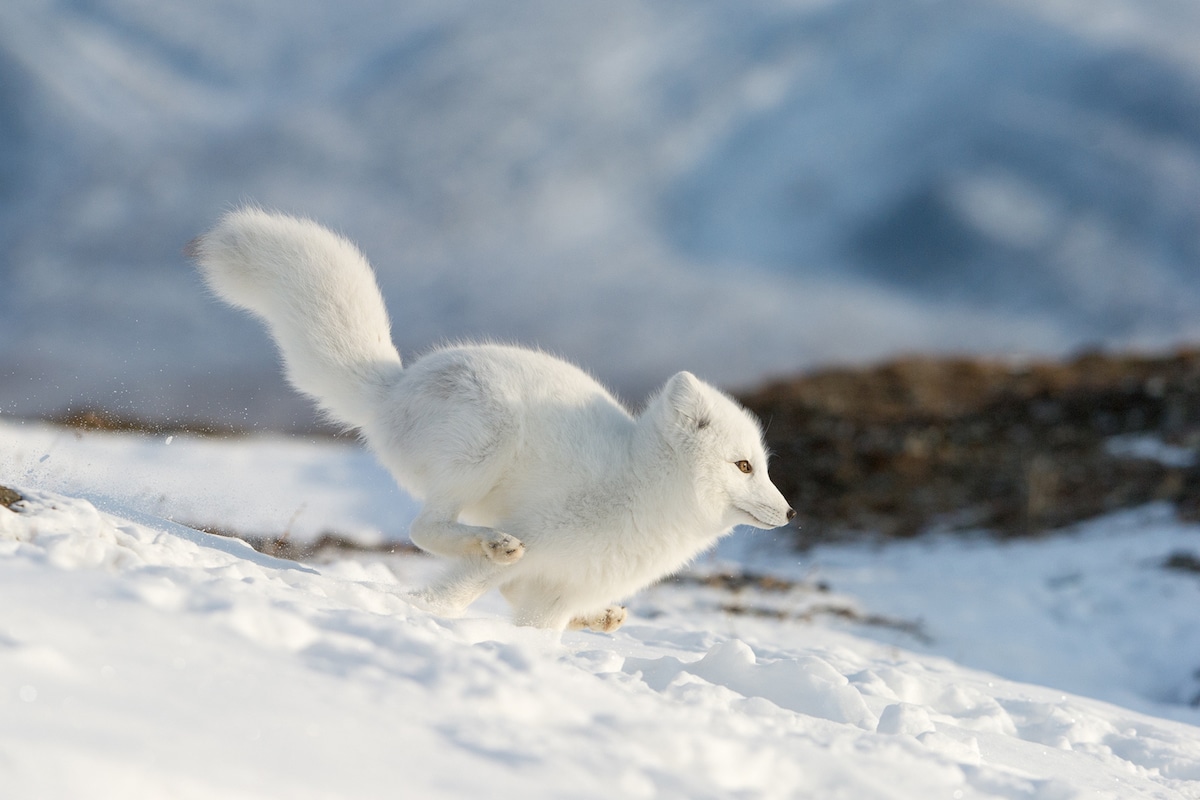
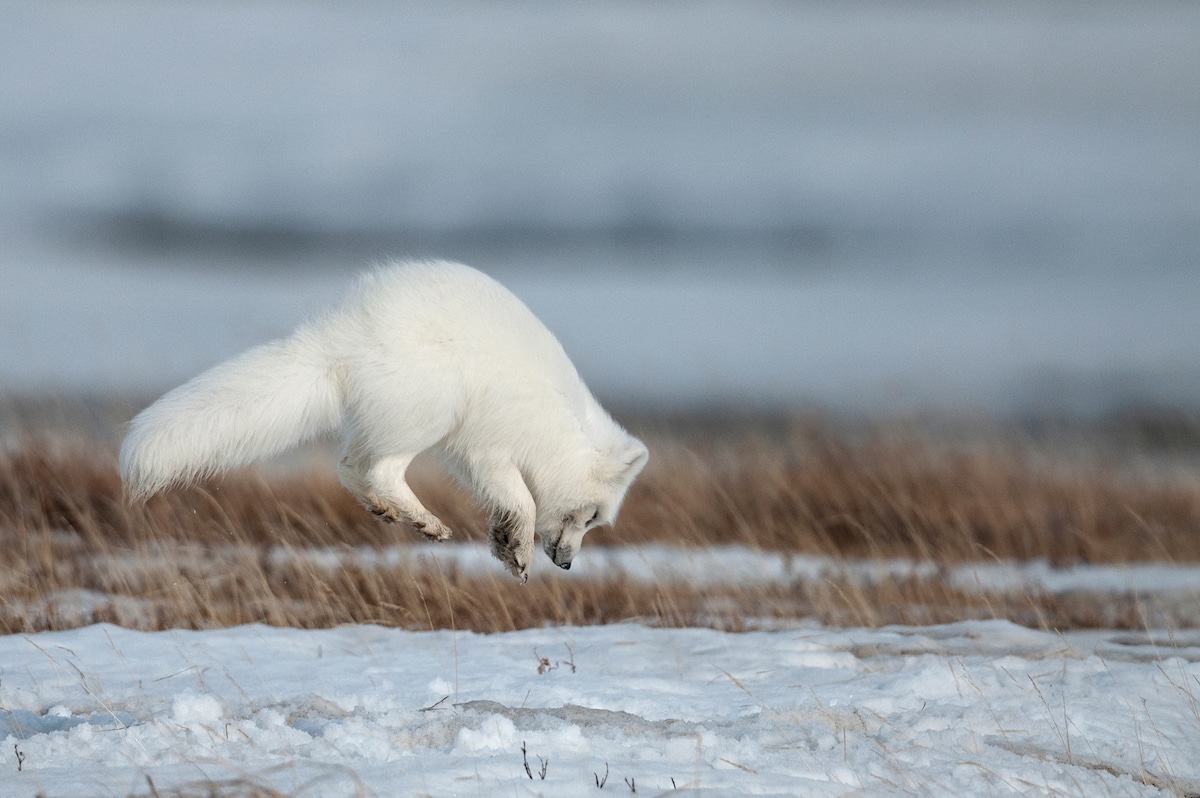
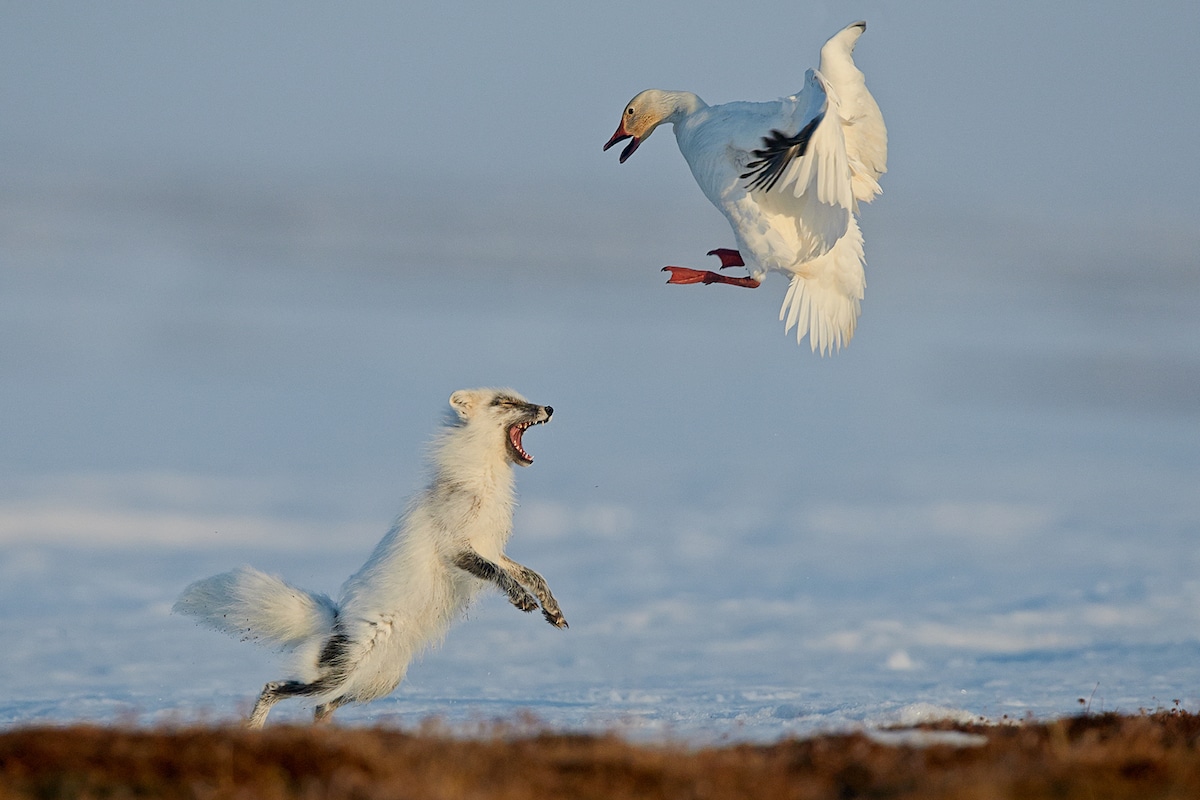

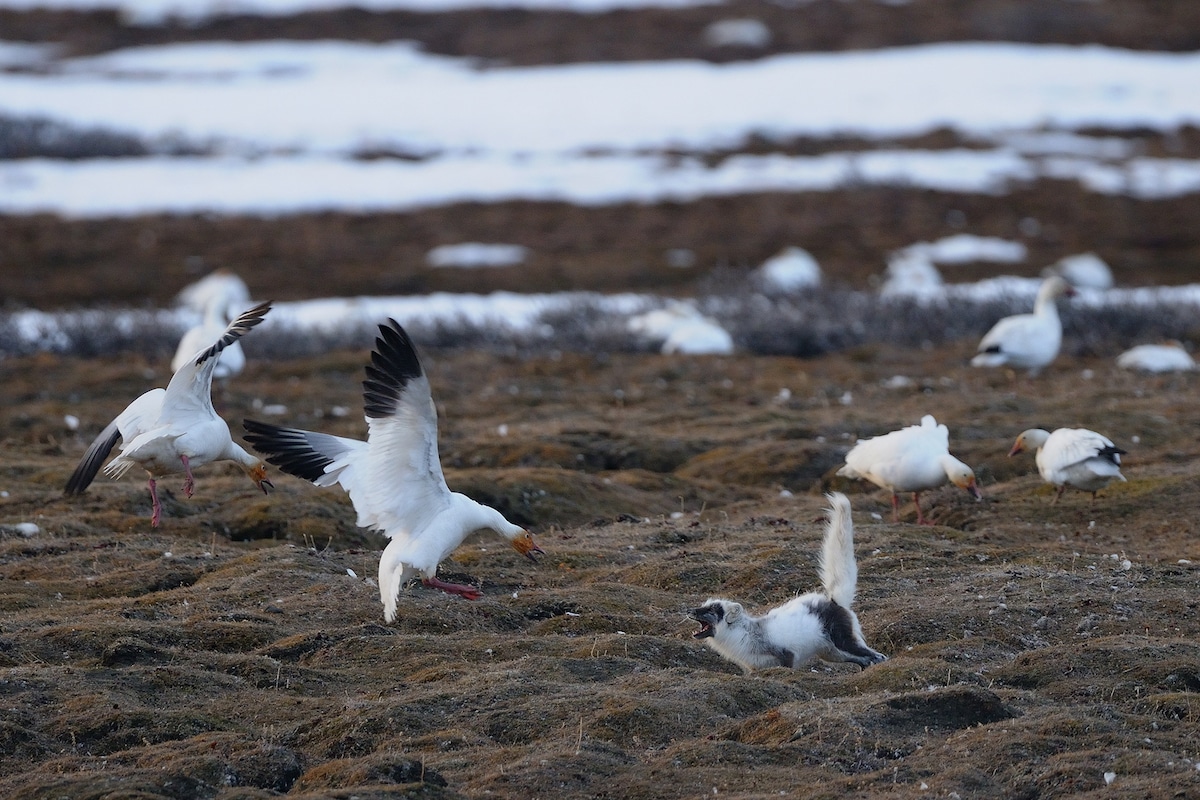
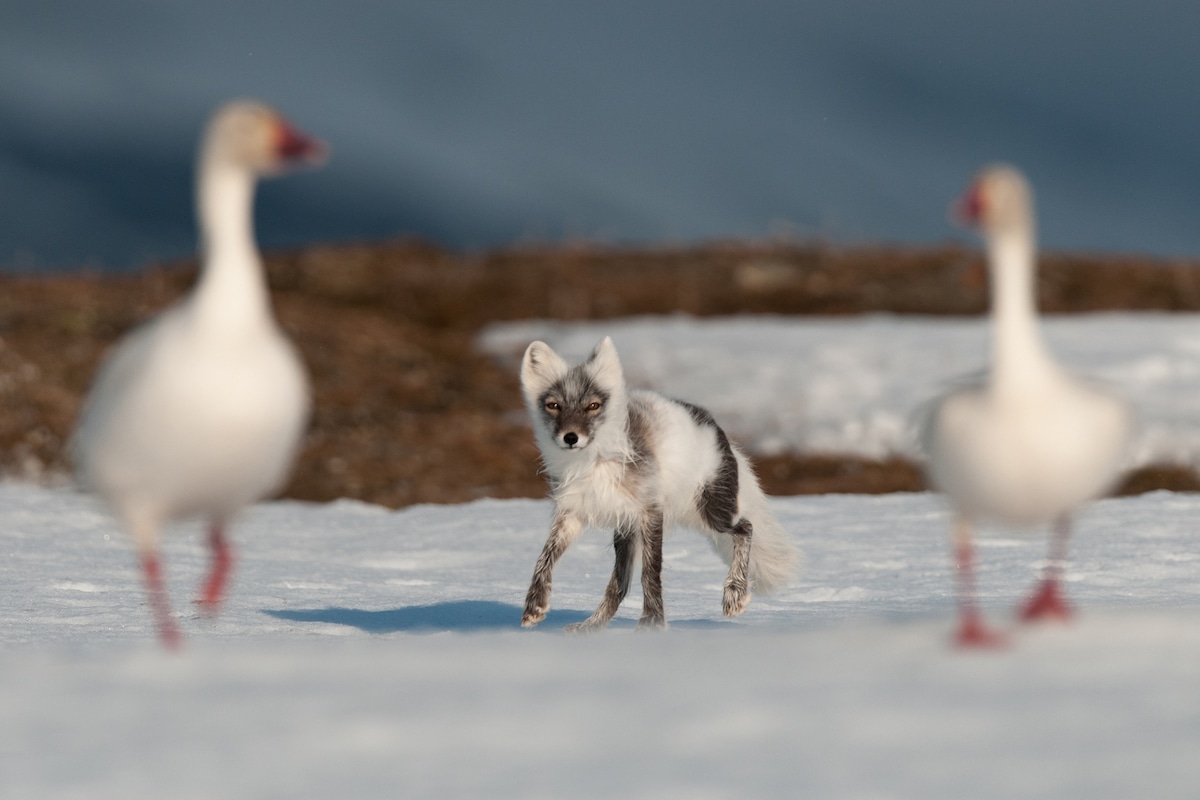
Gorshkov returns many times to each location, often during different seasons, preferring to work on long-term projects that allow him to demonstrate the complexity of animals like the Arctic fox.
